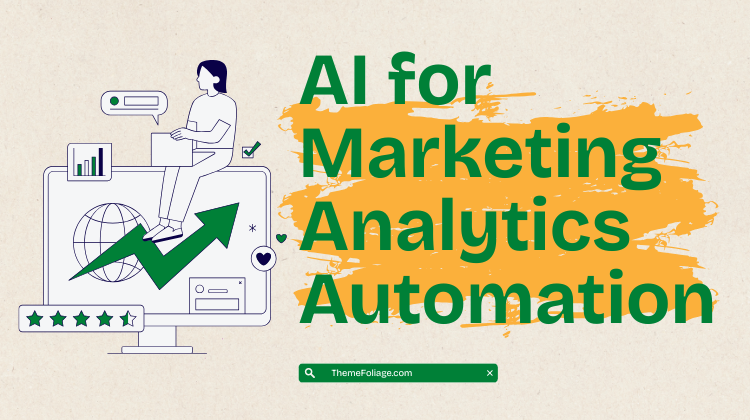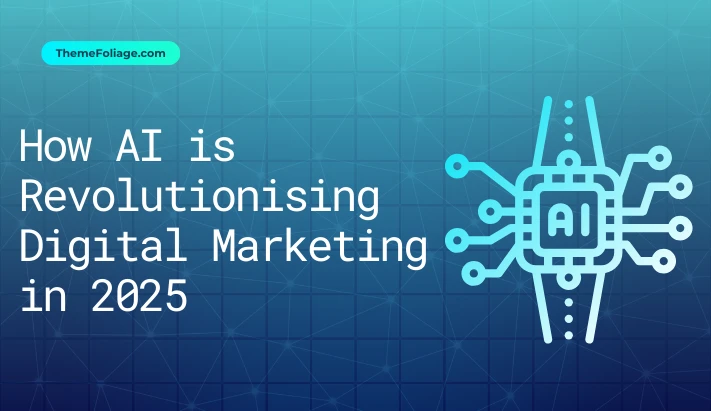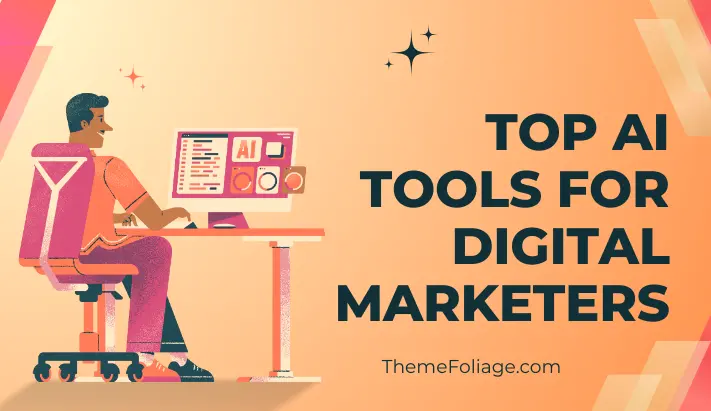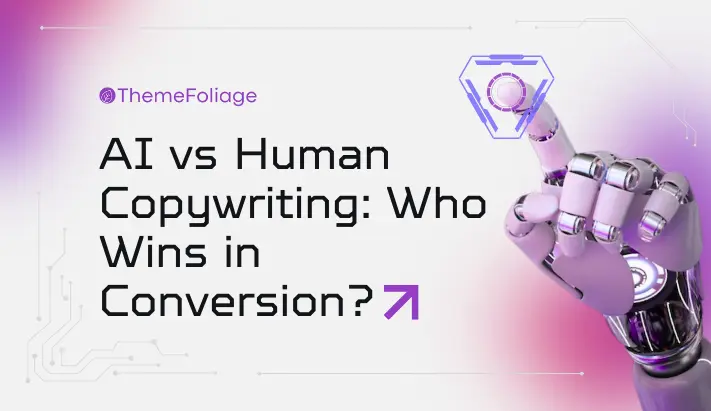Marketers are drowning in data: website clicks, ad impressions, social engagements, email metrics, and that’s just the start. By 2025, global AI investment in analytics is projected to reach tens of billions, underpinning widespread adoption of AI-driven marketing insights.
Traditional BI tools struggle to keep pace with real-time demands and complex attribution models. AI changes the game by automating data ingestion, anomaly detection, predictive forecasting and narrative reporting, all at machine speed.
Core Capabilities of AI Analytics Automation
- Automated Data Integration: AI pipelines ingest and normalise data from CRM, CDP, ad platforms and web analytics without manual ETL.
- Real-Time Dashboards: Self-updating visualisations highlight trends, KPIs and anomalies the moment they occur.
- Predictive Forecasting: Machine learning models project traffic, conversions and revenue, factoring in seasonality and external signals.
- Anomaly Detection & Alerts: AI spots sudden drops or spikes, campaign overspend, conversion dips, and notifies teams immediately.
- Automated Insights & Narratives: Natural language generation turns complex datasets into concise, human-readable summaries and recommendations.
- Experiment Attribution: AI attributes outcomes to marketing tactics, SEO, paid, email, using multitouch models that evolve with new data.
High-Impact Use Cases
- Budget Optimisation: Dynamically shift spend across channels based on predicted ROI and emerging trends.
- Campaign Health Monitoring: Auto-alert on underperforming creatives, landing pages or audience segments for immediate action.
- Lead Scoring & Nurture Signals: Analyse engagement patterns to predict MQL velocity and trigger adaptive content flows.
- Churn and Retention Forecasts: Model subscriber behaviour to preemptively address churn risk and tailor retention offers.
- Product Launch Analytics: Forecast demand, simulate launch scenarios and automate post-launch performance reports.
Implementation Roadmap: Five Essential Steps
- Data Audit & Centralisation
Inventory all marketing data sources and consolidate into a cloud-native warehouse or CDP. - Select an AI Analytics Platform
Choose a vendor offering end-to-end automation: data pipelines, dashboards, forecasting and NLG. - Configure KPIs and Models
Define target metrics (e.g., CPA, LTV, churn rate) and train predictive models on historical data. - Deploy Real-Time Dashboards & Alerts
Build automated dashboards and set anomaly thresholds; integrate alerts into Slack or email. - Automate Reporting & Continuous Improvement
Schedule narrative report delivery and use AI-driven recommendations to refine models and data sources quarterly.
Tools Leading the Charge (verify pricing)
| Tool | Functionality |
|---|---|
| Tableau AI Analytics | Automated data prep; AI-powered insights |
| Looker (Google Cloud AI) | Predictive models; data exploration |
| Domo | Real-time dashboards; anomaly detection |
| Sisense | Embedded AI; natural language query and narratives |
| Alteryx | End-to-end data pipelines; machine learning |
| Microsoft Power BI + Copilot | Auto-generated insights; question-to-report functionality |
| ThoughtSpot | Search-driven analytics; AI-powered insights |
Metrics That Matter
- Forecast Accuracy: deviation between predicted and actual KPIs.
- Time to Insight: latency from data capture to alert or narrative.
- Anomaly Response Time: speed at which teams act on AI notifications.
- Automated Report Adoption: percentage of reports delivered vs manually produced.
- ROI Uplift: incremental revenue or cost savings attributed to AI-driven recommendations.
Common Pitfalls and How to Avoid Them
- Data Silos: incomplete integration undermines predictive accuracy, prioritise end-to-end data consolidation.
- Alert Fatigue: overly sensitive anomaly thresholds create noise, calibrate thresholds and allow alert customisation.
- Black-Box Models: lack of explainability breeds mistrust, choose platforms with transparent model features and NLG summaries.
- Neglected Maintenance: data schema drifts and model decay, establish quarterly audits and retraining schedules.
Final Thoughts
AI for marketing analytics automation is more than a trend, it’s the backbone of every data-driven organisation in 2025. By automating data pipelines, forecasts, anomaly detection and reporting narratives, marketers unlock faster, smarter decisions and free up teams to focus on strategy and creative optimisation.
Start small with one use case, budget allocation or campaign monitoring, measure uplift, then expand your AI-powered analytics ecosystem systematically.



